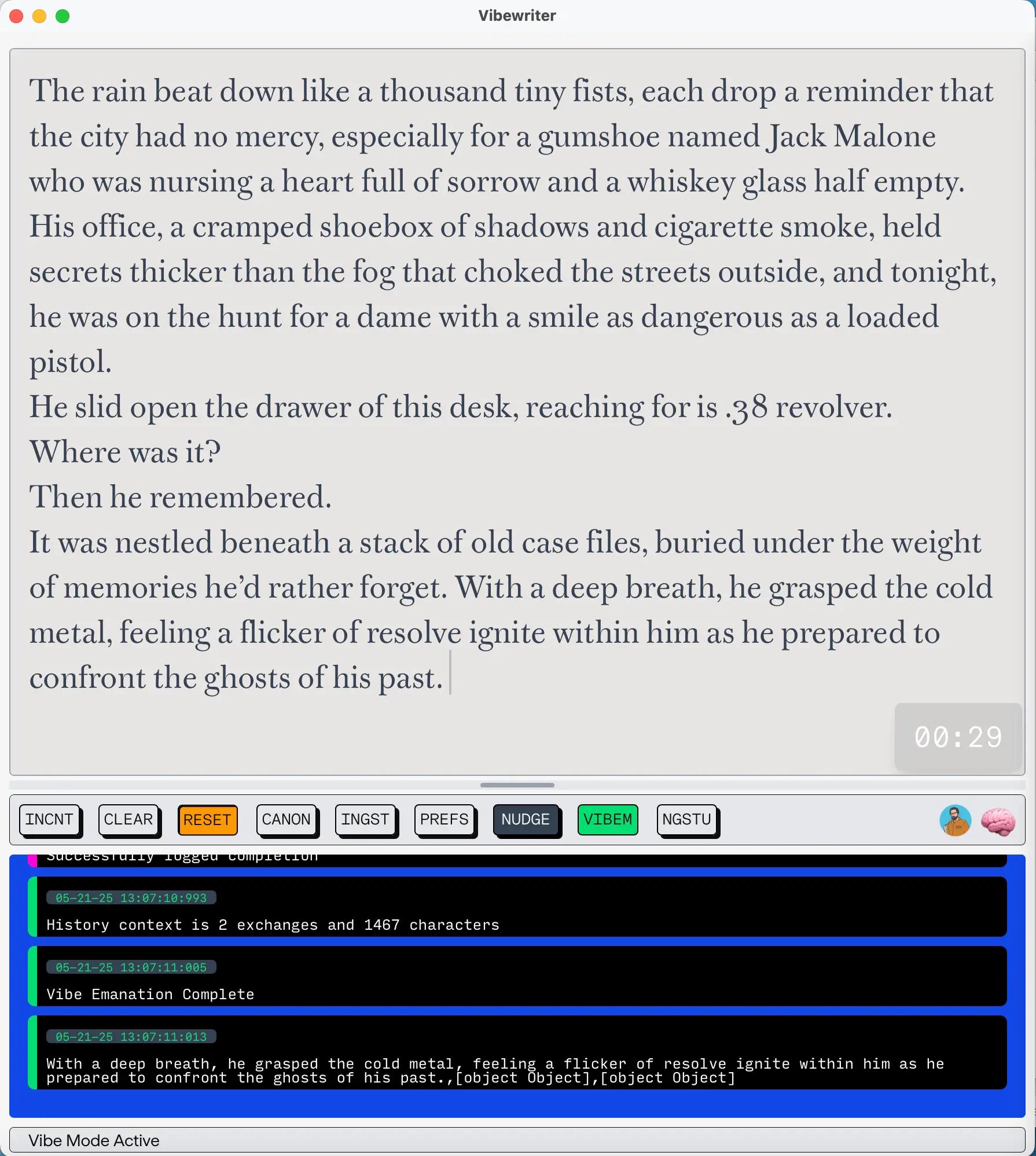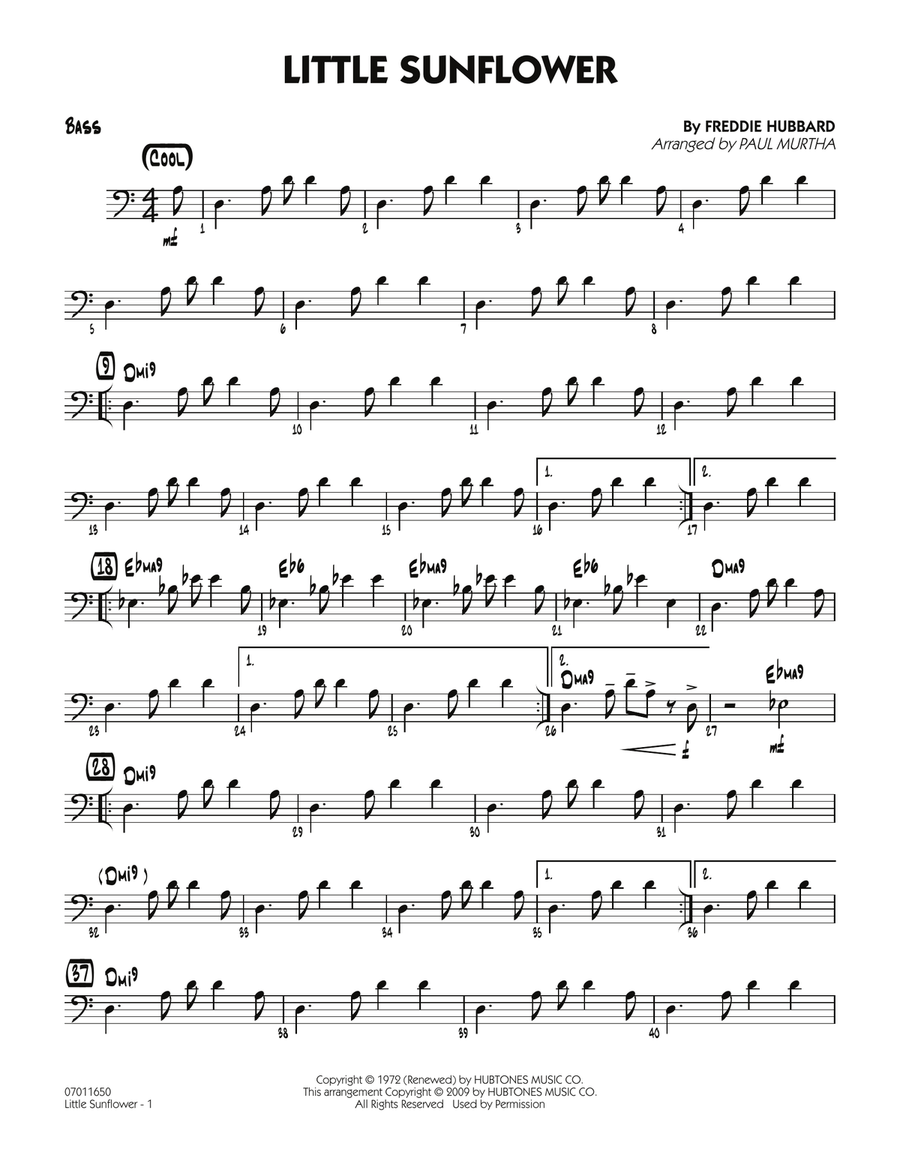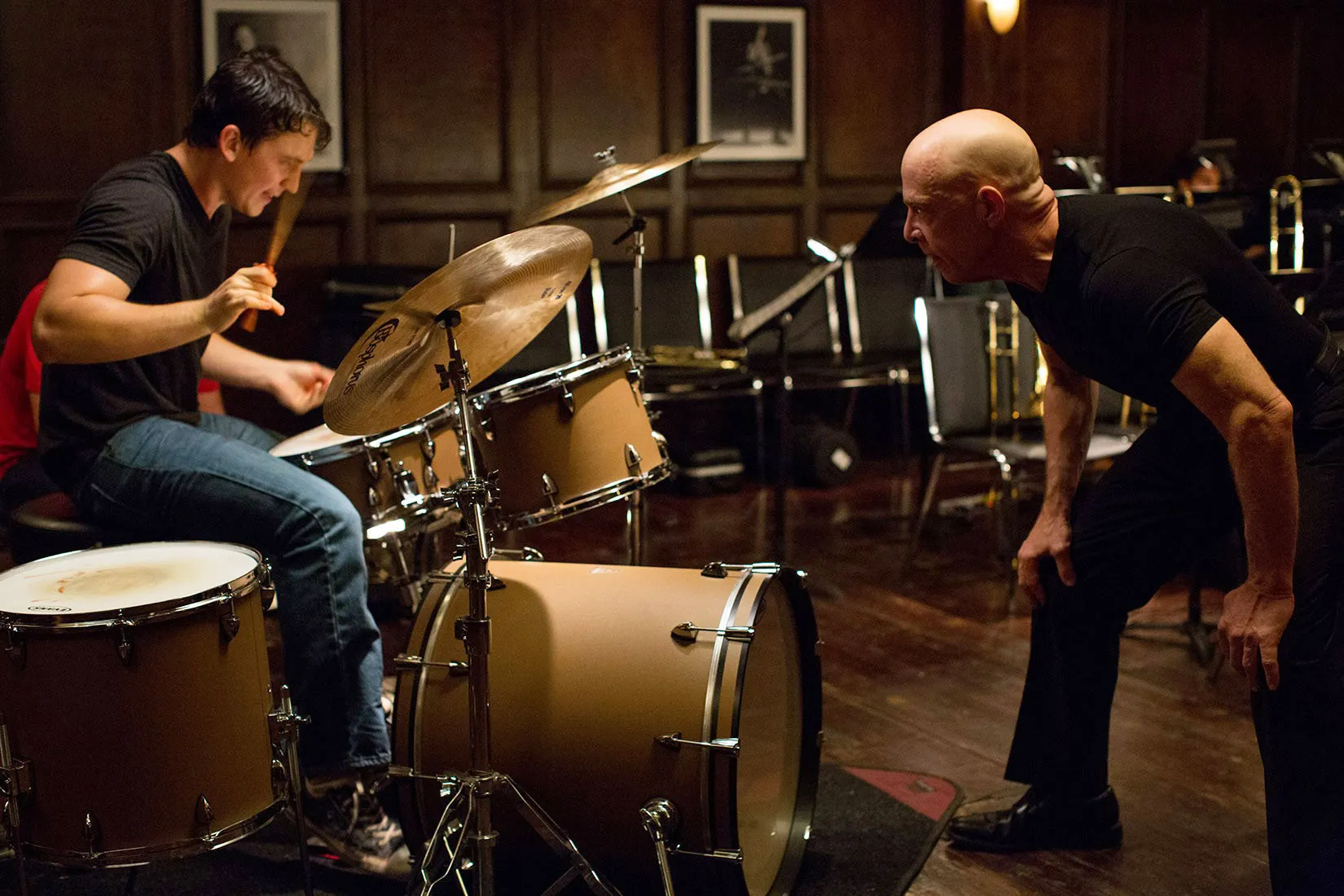Stop using ChatGPT.
I made a better tool for us.

In its standard Ghostwriter mode, it's able to help complete your thoughts. It will never write for you; it only knows how to write with you.
This is not about asking questions and getting answers. It’s about creating a communal and collaborative interaction and engagement that is more like ‘trading fours’, call and response, or a dance with your collaborative writing partner — which just happens to be AI.
This..is about wrestling [the tools] into alignment with what we find sacred or essential. We won’t find salvation by escaping technology, but by using our..capacity for critique, ritual, [and] invention.. The saving power is..to ask: “What space remains for meaning? For art? For wildness, chance, suffering, and genuine encounter?”
AI is not inevitable fate. It is an invitation to wake up. The work is to keep dragging what is singular, poetic, and profoundly alive back into focus, despite all pressures to automate it away.
Stop using ChatGPT.
If you write, I made something better for you.
As a writer myself, the chat part of ChatGPT just wasn’t doing it.
I don’t want answers to questions when I’m writing.
I want a partner. A collaborator.
I want something that felt more like an improvisation partner
Something that would riff with me when I was trying to find a line through an idea.
I certainly didn’t want something to write for me.
I wanted something that would write with me.
That’s why I invented this tool for myself.
I call it Vibewriter.
(That name might change. 🤣)
Let me explain a bit.
Back in the day when I was a teenager, I played jazz.
I was in a little jazz quartet. We called ourselves “Little Sunflower”, after the song by the great jazz musician, Freddie Hubbard.

We would play at receptions and fancy parties around the little town I grew up in.
George on piano. Steve on trumpet and flugelhorn. Colin on drums. Me on bass.
We were kids. 15. 16.
Those boys were great musicians. Way beyond their years.
Me?
I had to work hard just to keep up.
That meant practicing. A lot.
Improvising. A lot.
I was taught to play jazz by the great Dr. B. — Tony Biancosino — the high school band director Damien Chazelle used as inspiration for his film “Whiplash”.

(With a great deal of creative license — Dr. B was not a monster like J.K. Simmons’ character in the film. He was a beautiful, corny, hard-driving, dedicated, funny, and could be a quite gentle mentor. Whiplash was our secret weapon for the competition circuit. He would work us hard to get first place. Which we did. A lot.)
Dr. B taught us how to improvise.
He taught us how to ‘trade fours‘.
Trading fours is a jazz improvisation technique where you’d take turns improvising over four bars of music, alternating back and forth.
Sax for four bars. Piano for four bars. Drums for four bars. Trumpet. Back to sax.
That sort of thing.
It’s beautiful to hear. Beautiful to watch. Building together. Collaborating on something new and unexpected. Telling jokes with music. Horsing around. Telling a story together.
It’s a kind of call and response.
A communal and collaborative interaction.
An interface connecting one musician to another through ideas in the form of melodies and rhythm.
So, anyway…why the heck am I telling you all of this about trading fours?
Because it’s is an underutilized interaction metaphor suitable for creative tasks.
And it’s the metaphor of Vibewriter’s interaction.
It’s also a fresh way of thinking about how we interact with AI.
Vibewriter has some deep features that I won’t get into here, but it has a morning workout game mechanic that is like trading fours.
First your collaborator (the AI) starts writing a couple of sentences.
(It might start out with an opening line from a hardboiled detective story. Or a line from a poem. Or a line from a song.)
Second you respond with your own line of prose, poem, lyric, etc.
The game? Well — there’s a clock. A timer. It counts down. You can’t over analyze.
You. Just. Write.
Then the AI responds with another line.
And so on.
It’s an awful lot of fun. And it feels like a morning workout for my brain.
Want to try it?
Drop me a note in the contact form below to learn more.

The Artificial Intelligence Designed Fictions Prototyping Studio is a prototyping-based design research program through Near Future Laboratory that explores the potential of artificial intelligence in the context of everyday life.
We are accepting commercial support, corporate or organizational sponsors, and incubation opportunities. To learn more about participating let’s connect..
The research program studies artificial intelligence through the creation of speculative design prototypes. These are meant to explore the potential of artificial intelligence in the context of everyday life.
The focus of the program is on rapid ideation and prototyping. We create small, functional artifacts that help ground possibilities in materiality and interaction. The speculative prototypes are also meant to be evocative and thought-provoking, like generative windows into future opportunities, focused on the practice of everyday life in a world in which we cohabitate, collaborate, and cooperate with a new kind of intelligent species.
Our thesis is that speculative prototyping in an expansive and experimental fashion is the way to discover new opportunities for this next phase of human consciousness. We will explore new kinds of interactions, services, artifacts, and objects as if we are entering a new territory for which the old modalities and assumptions are like ancient epistemologies and ontologies ill-suited for this new land.
In true Design Fiction style, there is the prototype of the artifact itself, but also the worldbuilding material that surrounds it. This research program prototypes in the traditional engineering sense, certainly. But we also create artifacts that are additive to the engineering prototypes and allow the studio to explore the cultural, social, economic, policy, and governance qualities of possible futures.
Clippings from newspapers. Magazine articles. Tourists guides. Social media posts. Receipts. The contents of a found wallet. Advertisements from streetware brands. Paperback self-help books. Podcast episodes. Oracular card games. Movie tickets. Etcetera.
These remanants of an inhabited future world help imagine into possibilities in a rich and textured way. The remants are like working backwards towards technological possibilities by exhibiting their cultural and policy-based effects in a more general and recognizable format
Unique to futures design studios, I not only help you with strategic reflections and considerations on technological and socio-technical futures. Near Future Laboratory is a laboratory in the trad sense of the word: I actually build things from the future — that actual work.
This and other functional futures prototypes are a unique proposition that I offer that most other futures design consults do not.
Industry experience and academic credentials in engineering, software development, advanced studies in technology and society, actual real hardware product design — as well as founding, funding, running, and selling a successful hardware business — means I bring a unique and capable perspective to address the challenges of futures design, research, and engineering.
See Also